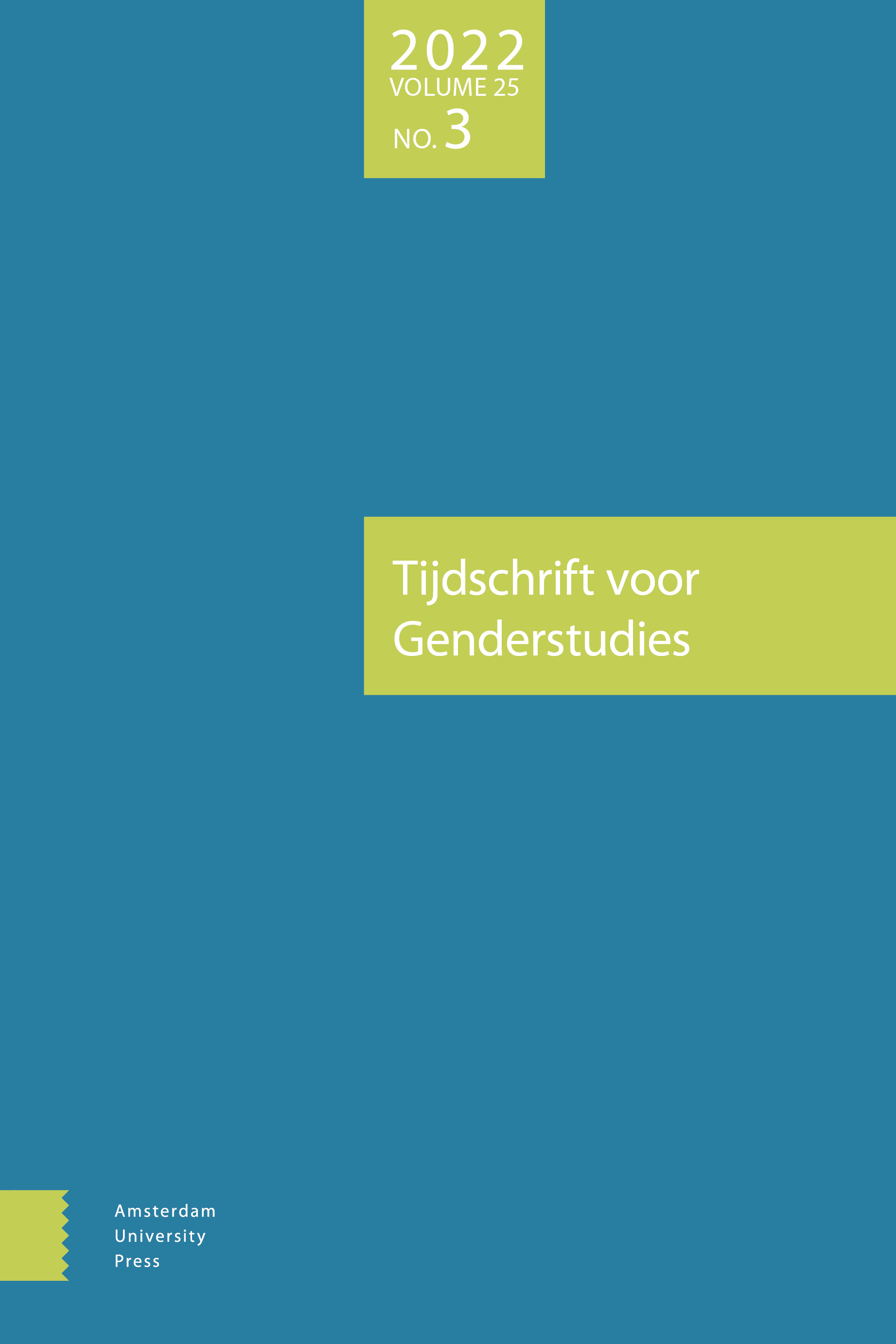-
oa Ondertussen in de schuilhut: Een queer theologie van het thuiskomen
- Amsterdam University Press
- Source: Tijdschrift voor Genderstudies, Volume 25, Issue 3, Oct 2022, p. 248 - 266
-
- 01 Oct 2022
Abstract
This article is a slightly revised version of the author’s inaugural lecture, held on 12 November 2021 at Radboud University in Nijmegen, upon accepting the chair of Feminism and Christianity (Catharina Halkes Chair). It uses the shelter as a metaphor to think about the position of gendered, sexual, and racial minorities within Christian traditions. The argument departs from a seemingly off-hand remark in a church report on the position of LGBTIQ+ believers in a small Protestant denomination in the Netherlands. Here, it is stated that, while heterosexual marriage is ‘at home in God’s creation’, same-sex relationships are ‘a shelter in a broken life’. The author argues for a queer approach where the transient, ramshackle construction of the shelter is reclaimed as a theological space and positionality. Generations of cabin dwellers in past and present times have taught us to nurse a certain amount of healthy house skepticism, which in this article is applied to the solid ‘house’ of Christian traditions. Building on insights from feminist and queer architecture, it is argued that shelters (or cabins, or huts) allow us to think in terms of ‘scrap theology’. This is a theology that provides shelter by using the leftovers from tradition to build new, original, and playful dwellings that are positioned on the uncomfortable border between ‘in’ and ‘out’, thus confronting the Christian tradition with what it has deemed its expendable ‘surplus’.


